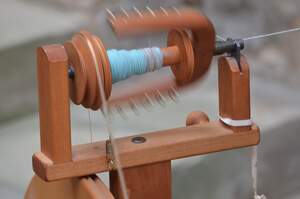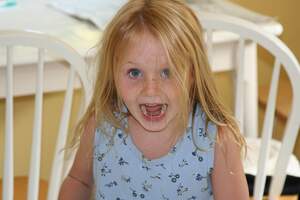

Orthodox Christmas Day
Also known as
Old Christmas Day
Observed
annually on January 7th (1901 to 2100)
annually on January 8th (since 2101)
Dates
Hashtags
Sources
Orthodox Christmas Day is observed by many Eastern Orthodox Christians to celebrate the birth of Jesus, who they believe to be the son of God. In many ways the day is observed similarly to how Western Churches observe Christmas Day, but there are some differences.
Orthodox Christmas Day takes place when it does because many Eastern Orthodox Churches follow the Julian calendar instead of the more adhered to Gregorian calendar. They still celebrate Christmas on December 25, but until 2100, December 25 on the Julian calendar is the same as January 7 on the Gregorian calendar. After 2100, Orthodox Christmas Day will take place on January 8 of the Gregorian calendar. This will be so because leap days are dropped in certain centennial years on the Gregorian calendar. Many Orthodox Christians in East and Central Europe follow the Julian calendar, as do various Orthodox Churches in the United States, such as the Russian, Ukrainian, and Serbian. Orthodox Christmas Day is a public holiday in some countries, but not in the United States.
The activities and foods of Orthodox Christmas Day vary by church and country. Many Orthodox churches fast the day before Orthodox Christmas, as a way to prepare for Jesus' birth. Focus is shifted off of food, and is instead on prayer and caring for the poor. Usually meat and dairy products are excluded during the fast.
On Orthodox Christmas Day, many people attend a special liturgy, and many churches light a small fire of palms and burn frankincense as a commemoration of the Magi's gifts to Jesus. In some churches, part of the liturgy includes walking to bodies of water such as seas, lakes, or rivers. If the water is frozen over, holes may be made in the ice and the water may be blessed.
For most celebrants, the day is not about commerciality or the exchanging of presents, as it is sometimes celebrated in the West. Rather, it is a day for reflection, healing, and for peace and unity. But, similar to Western celebrations, the day includes joining with friends and family members, and a Christmas meal is eaten. Meat and pastries are commonly eaten on Orthodox Christmas Day. Baked goose with apples is a traditional Russian dish. In some countries, white cloth is used on dinner tables to symbolize purity, as well as the cloth that baby Jesus was wrapped in after being born. Also, straw is often placed on the tables to symbolize the simplicity of the place of Jesus' birth. Candles are also often lit.
How to Observe Orthodox Christmas Day
Celebrate the day by joining with family and friends and having a Christmas feast; meat and pastries are common foods to be eaten. Place a white tablecloth on the table, as well as some straw and candles. You could also attend a church service in an Eastern Orthodox Church.





















